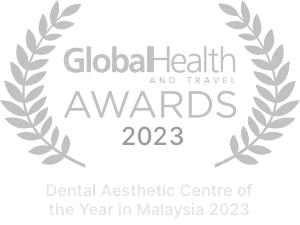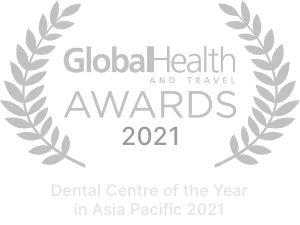TREATMENTS & SERVICES /
Dental Diagnostics
Dental X-rays and CBCT
There are areas in the mouth that your dentist cannot see directly. Area between teeth, under the gums and the roots of teeth can only be visually examined with X-rays. Dental X-rays are also taken prior to orthodontic treatment to assess the relationship between the teeth and jaws and the rest of the face. Specific procedures like root canal therapy, implant surgery and wisdom teeth removal also need X-rays to be taken.





